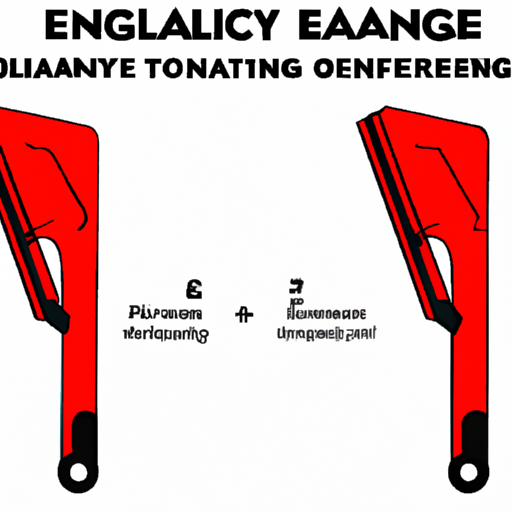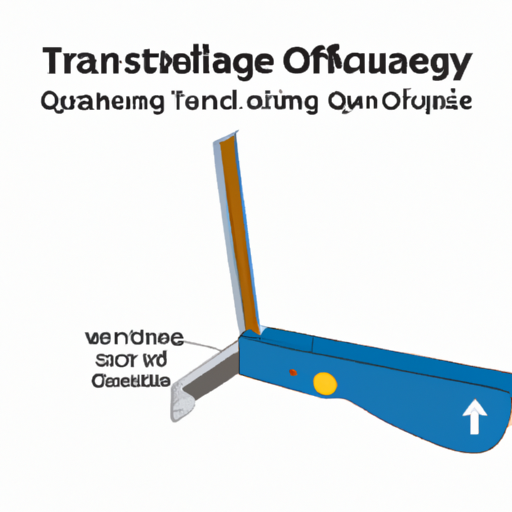Enhancing Efficiency and Safety with Manual Tong Q-Type: A Comprehensive Guide

Introduction (80 words):
In the oil and gas industry, performing drilling operations efficiently and safely is of utmost importance. One vital tool for achieving this is the manual tong Q-type, a versatile and reliable device used for the makeup and breakout of drill pipe connections. This comprehensive article aims to delve into the various aspects of manual tong Q-type, including its features, benefits, different models, correct usage techniques, maintenance tips, and the overall impact it has on enhancing efficiency and safety in drilling operations.
Section 1: Understanding Manual Tong Q-Type (150 words)
The manual tong Q-type is a robust and heavy-duty tool designed to handle various sizes of drill pipes and tubular connections with ease. It consists of two primary components: the tong head and the handle. The head incorporates two sets of gripping jaws, which are adjustable to accommodate different pipe diameters. The handle provides the necessary leverage to create a firm grip and apply controlled torque during makeup and breakout operations.
Section 2: Key Features and Benefits (150 words)
2.1 Superior Grip and Torque Control:
The manual tong Q-type features precision-engineered gripping jaws that provide exceptional grip on drill pipe connections, ensuring secure makeup and breakout operations. The adjustable jaws allow for versatility, accommodating a wide range of pipe sizes. Additionally, the tong's design allows for precise torque control, preventing over-tightening or potential damage to the connections.
2.2 Durability and Reliability:
Manufactured using high-quality materials such as alloy steel, the manual tong Q-type is built to withstand the demanding conditions of drilling operations. Its robust construction ensures durability, reducing the need for frequent replacements and minimizing downtime. The tong's reliability contributes to increased efficiency and reduced operational costs.
2.3 Ergonomic Design:
Manual tong Q-type models are ergonomically designed, considering the comfort and safety of the operators. The handle is equipped with non-slip grips, reducing the risk of accidents due to slippage. The tong's lightweight design enables ease of use and reduces operator fatigue during extended periods of operation.
Section 3: Different Models of Manual Tong Q-Type (150 words)
Manual tong Q-type models are available in various sizes and configurations to cater to different pipe diameters and operational requirements. The most common models include:
3.1 Standard Manual Tong Q-Type:
This model is suitable for a broad range of pipe sizes and is widely used in drilling operations. It offers versatility and ease of use, making it a popular choice among drill crews.
3.2 Extra-Large Manual Tong Q-Type:
Designed specifically for larger diameter pipes, this model provides the necessary gripping force and torque control required for heavy-duty drilling operations.
3.3 Compact Manual Tong Q-Type:
Ideal for operations with limited space, this model features a compact design without compromising on performance. It is particularly suitable for offshore drilling rigs or compact land-based drilling sites.
Section 4: Correct Usage Techniques (150 words)
To ensure the safe and efficient use of manual tong Q-type, operators should adhere to the following usage techniques:
4.1 Inspection and Preparation:
Before use, it is crucial to inspect the tong for any signs of damage or wear. Ensure that all parts are clean and free from debris. Lubricate the tong head and handle to maintain smooth operation.
4.2 Proper Positioning:
Position the tong jaws correctly on the drill pipe connections, ensuring a firm and secure grip. The jaws should be centered, aligning with the pipe axis.
4.3 Controlled Torque Application:
Apply torque gradually and steadily, avoiding sudden jerks or excessive force. This controlled application of torque prevents damage to the connections and ensures a secure makeup or breakout operation.
Section 5: Maintenance and Safety Tips (150 words)

5.1 Regular Inspection and Lubrication:
Perform routine inspections of the manual tong Q-type to identify any signs of wear or damage. Lubrication of moving parts, particularly the tong head and handle, is essential to maintain smooth operation and extend the tool's lifespan.
5.2 Training and Safety Measures:
Ensure that operators are adequately trained in the correct usage techniques and safety protocols associated with manual tong Q-type. Provide appropriate personal protective equipment (PPE), including gloves and eye protection, to minimize the risk of accidents.
5.3 Storage and Transportation:
Store the manual tong Q-type in a clean and dry environment, away from corrosive substances. During transportation, secure the tong to prevent any damage or movement that could affect its functionality.
Conclusion (80 words):
The manual tong Q-type plays a vital role in enhancing efficiency and safety in drilling operations. Its superior grip, torque control, durability, and ergonomic design make it an indispensable tool for drill crews. By following correct usage techniques, conducting regular maintenance, and implementing safety measures, operators can maximize the benefits offered by manual tong Q-type, resulting in improved performance, reduced downtime, and increased overall operational efficiency.




 8613371530291
8613371530291